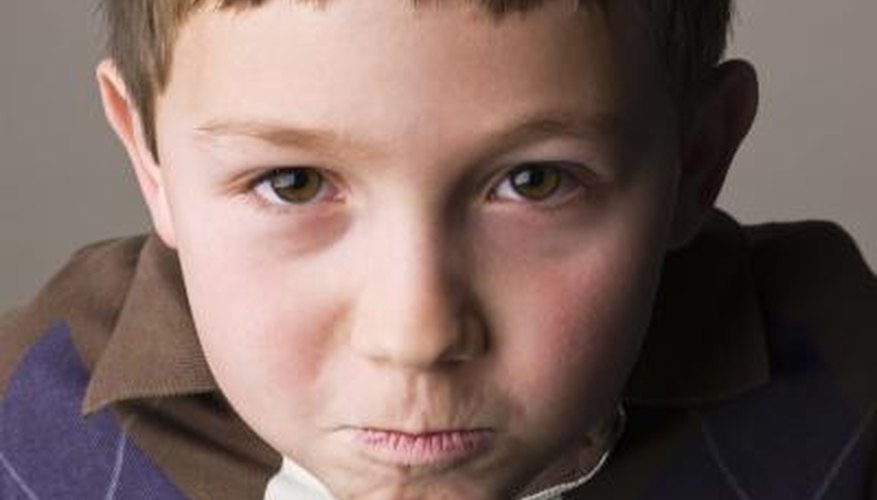There are any number of things that pose barriers to communication in children, including speech or language disorders and hearing or visual impairments. Children who suffer from communication barriers may lag behind in school and also find themselves inept at expressing their thoughts and ideas to others or at social gatherings. Depending on the cause, while some barriers disappear on their own, others require medical attention or various types of therapies.
Physical Barriers
Structural abnormalities in the mouth, throat, nose and tongue, the body parts involved in speaking, can prevent a child from speaking words clearly. Dysarthia is a motor speech disorder in which muscles of mouth, face and respiratory system become weak and may move slowly or not at all. This may result in slurred or slow speech, drooling, and chewing or swallowing difficulty.
Health Problems
Conditions such as cerebral palsy or muscular dystrophy affect the nerves and muscles, making it difficult for children to control and coordinate the body movements that facilitate communication. Disabilities such as autism also hinder the development of communication skills in children, while hearing problems and vision impairments restrict the amount of information a child gathers when communicating with others.
Speech Barriers
According to Psychology Today, 5% of children suffer from speech problems. The American Speech-Language-Hearing Association lists stuttering, childhood apraxia of speech, and voice disorders as some speech barriers for children. Stuttering, which is characterised by repetition or prolongation of sounds and hesitations while speaking, begins early in childhood and in some cases lasts all life. Childhood apraxia of speech is the result of brain's inability to coordinate movement of body parts such as lips, jaws and tongue, so even if the child knows what she wants to say, she's prevented from speaking the words. Additionally, polyps or nodules and vocal cord paralysis can cause hoarse voice and breathiness that impede communication.
- According to Psychology Today, 5% of children suffer from speech problems.
- The American Speech-Language-Hearing Association lists stuttering, childhood apraxia of speech, and voice disorders as some speech barriers for children.
Language Barriers
Language-based learning disabilities affect children's ability to read, speak and write. Dyslexia is one such problem, in which a child finds it difficult to learn new words, recall numbers in sequence, follow directions or understand questions. According to American Speech-Language-Hearing Association, some children who suffer from selective mutism don't speak in at least one social setting; in any other situations, they can communicate fluently.
